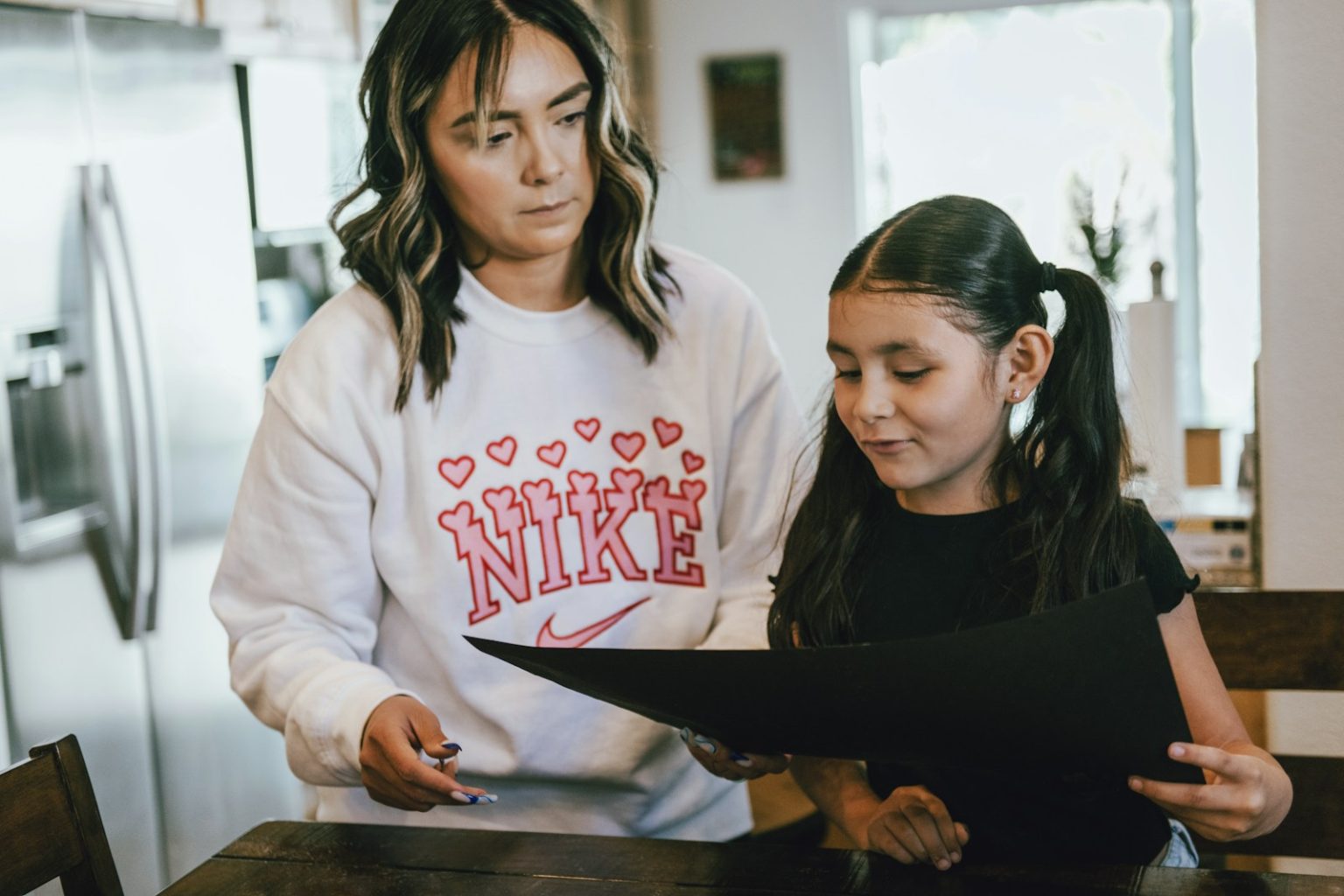The Moment of Choice
Instead of making that angry call, I put my phone down and asked myself a simple question: “Why am I so mad?” This brief moment of self-reflection changed everything. I realized I wasn’t actually angry – I was terrified something had happened to my child. This awareness instantly calmed me.
When I finally called her, my tone was completely different from what it would have been minutes earlier:
“Hey. Hello? Where are you?”
“In my room,” she replied.
“Where’s your car?”
Her answer floored me: “Oh, it’s parked at the grocery. Kids were drinking. You told me that if everybody was drinking, it was no problem, I could just pay for an Uber for everyone.”
In that moment, I felt an immense sense of pride and relief. My daughter had made the responsible choice – exactly what I’d taught her to do in that situation.
View this post on Instagram
The Alternative Scenario
Now imagine how differently this might have played out had I followed my first impulse. The conversation would likely have gone something like:
“Where are you? Where the f*** are you?”
“I’m at home.”
“What are you doing? Where’s your car?”
That hostile approach would have taught my daughter a dangerous lesson: next time her friends are drinking, taking an Uber home might not be worth the confrontation with me. My reaction could have put her life at risk in the future.
The Pause That Changes Everything
This experience reinforced something I’ve learned throughout my career coaching executives and athletes: the power of the pause. When we feel strong emotions rising, taking even a few seconds to identify what we’re genuinely feeling can completely change our response.
The pause allows us to:
- Identify our true emotions beneath the surface reaction
- Consider the impact of our potential response
- Choose words that solve problems rather than create new ones
- Model emotional intelligence for those around us
This approach isn’t just valuable in parenting – it’s transformative in all relationships. Whether dealing with colleagues, partners, or friends, that moment of reflection can prevent damage that might take years to repair.
From Fear to Clarity
What I initially perceived as anger was fear disguised as anger. By recognizing this, I was able to respond from a place of love rather than rage. This distinction matters tremendously in how our message is received.
When we react from unprocessed emotions, we often:
- Damage trust in the relationship
- Teach others to hide information from us
- Miss opportunities to reinforce positive behaviors
- Create unnecessary conflict
The brief moment I took to identify my true feelings completely changed the outcome of our interaction. Instead of punishment for a perceived wrongdoing, she received validation for making a responsible choice.
I’ve found that this simple practice of pausing before reacting has improved not just my parenting but every relationship in my life. It’s not about suppressing emotions – it’s about understanding them so we can respond thoughtfully rather than react blindly.
Next time you feel that surge of emotion rising, try giving yourself the gift of a pause. Ask what you’re really feeling beneath the surface reaction. The few seconds it takes might save you from words you can’t take back and open the door to connections you never thought possible.
Frequently Asked Questions
Q: How long should I pause before responding in emotional situations?
Even a few seconds can make a difference. The goal isn’t a specific time but enough space to identify your true feelings. In some situations, you may only need 5-10 seconds; in others, you may want to wait longer before responding. The key is breaking the automatic reaction cycle.
Q: What if I’m naturally quick-tempered? Is this pause technique realistic?
This approach can be especially valuable for those with quick tempers. Start by practicing in less triggering situations to build the habit. Over time, you’ll develop the muscle memory to pause even when emotions run high. Remember that this is a skill that improves with practice.
Q: How can I teach my children this same pause technique?
Children learn best by watching us model behaviors. When you practice pausing before reacting, point it out to them: “I’m feeling upset right now, so I’m taking a moment to think before I respond.” You can also create family signals or words that remind everyone to take a breath when tensions rise.
Q: Does pausing mean I shouldn’t express negative emotions?
Not at all. The pause helps you express emotions more effectively, rather than suppressing them. After identifying what you’re truly feeling, you can communicate it clearly: “I was scared when I didn’t see your car,” rather than lashing out in anger. This approach leads to more authentic emotional expression.
Q: How does this technique apply to professional relationships?
The workplace is full of triggering situations where a pause can prevent career-damaging reactions. Before sending that heated email or responding to criticism in a meeting, take a moment to identify your true feelings. This practice builds your reputation as someone who reacts thoughtfully rather than reactively—a valuable leadership trait.







